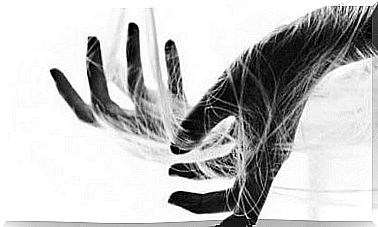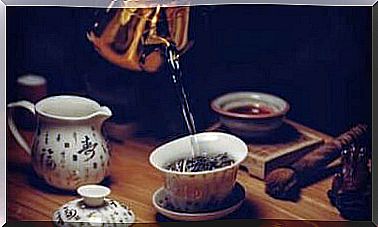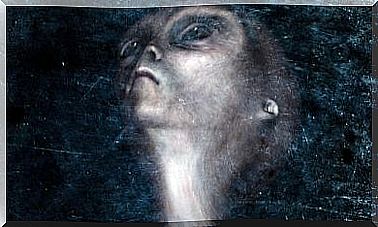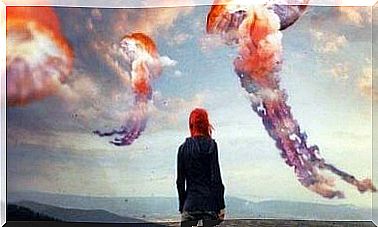Santiago Ramón Y Cajal: Father Of Neuroscience
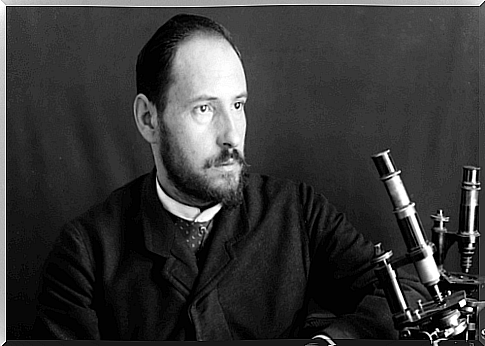
Santiago Ramón y Cajal was one of the most important scientists in history, like Galileo, Einstein and many others. These are the words with which Eduardo Punset describes him. And he is right.
This Spanish histologist theorized the bases of modern neuroscience with concepts totally opposite to the dominant thought of the time, proving that he was right. He discovered the individuality of neurons, laid the foundation for what we know today as synaptic plasticity, and discovered glia cells.
Ramón y Cajal has always been a rebel, in the good sense of the word, he had no qualms about contradicting established thinking. He was a brilliant mind, deeply inquisitive, methodical and tireless, qualities that earned him the first Nobel Prize in Medicine.
The first years and the degree in Medicine
He was born in Petilla de Aragón in 1852. His father was a provincial doctor who knew how to pass on his love for medicine to his son. Certainly it was not an easy task: Santiago Ramón y Cajal was a restless child, who showed more interest in real discoveries and experiments than in books.
His greatest passions were nature and painting. His family decided to send him to boarding school to force him to study, but it didn’t work out. When he was still a teenager, his father wanted to teach him a lesson by having him work as an apprentice barber and then as a shoemaker. They say that he became very skilled in these trades; by his nature, he would have been good at whatever field he devoted himself to.
Eventually he decided to study medicine at the University of Zaragoza, where his father had secured a position as a lecturer in anatomy. The lessons with his father allowed him to develop great skills as a draftsman of the human body.
After graduating in medicine, he was called up and sent to war in Cuba, where he spent a few months in very precarious conditions, until he fell ill.
Upon his return from Cuba, he obtained a doctorate in medicine from the Complutense University of Madrid and a post as interim assistant in anatomy at the Zaragoza School of Medicine.
Around the same time, one of his mentors, Maestre de San Juan, was already teaching him the techniques of microscopic observation.
Medical career of Santiago Ramón y Cajal
The discovery of the microscope allowed Santiago Ramón y Cajal to cultivate another of his passions: it is said that the microscope had become almost an extension of his body.
After having obtained several important positions at the Universities of Zaragoza and Valencia, in 1887 he moved permanently with his family to the University of Barcelona, occupying the chair of histology and later, in 1892, that of pathological anatomy in Madrid.
One of the daughters contracted meningitis and it seems that this episode affected him deeply, so much so that he took refuge in research and in his laboratory day and night. On the same day of his daughter’s death, Ramón y Cajal completed one of his most important discoveries. He would remember all his life the intensity of the conflicting feelings he had in that moment.
He had created his own methods of staining laboratory samples so that he could study the connections of nerve cells. Thanks to this methodology, he was able to demonstrate that neurons are independent cells not physically connected to each other.
The science of that time was based instead on the idea that nerve cells were not separated from each other, but formed a tangled and compact mass.
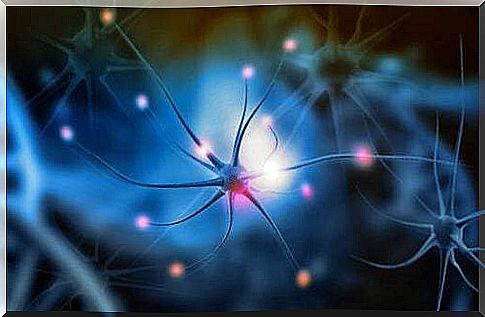
Santiago Ramón y Cajal and the Nobel Prize
Santiago Ramón y Cajal also studied the structure of the cerebellum, spinal cord and medulla oblongata in depth, along with various sensory centers such as the sense of smell and the retina.
After a trip to Berlin and presenting his findings on the nervous system and neurons at a congress, he was awarded the Nobel Prize in Physiology and Medicine in 1906.
He did not stop working a single day of his life. It is said that he also spent the day of his death, which occurred in 1934, working in bed, already seriously ill.
Santiago Ramón y Cajal’s contributions to neuroscience have been fundamental for the advancement of knowledge of the human brain, synaptic plasticity and the structure of neurons, which he called “the butterflies of the soul”.

